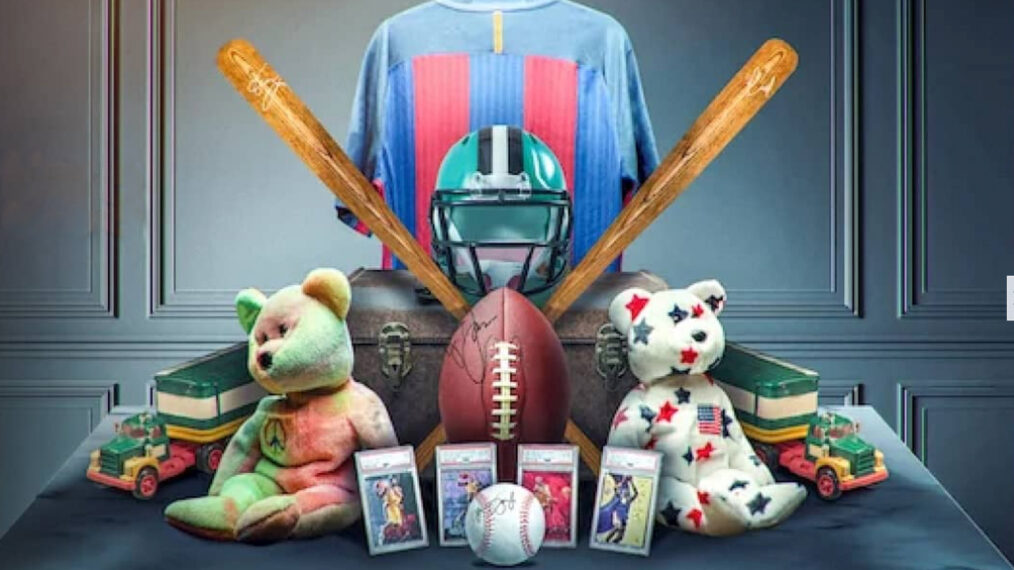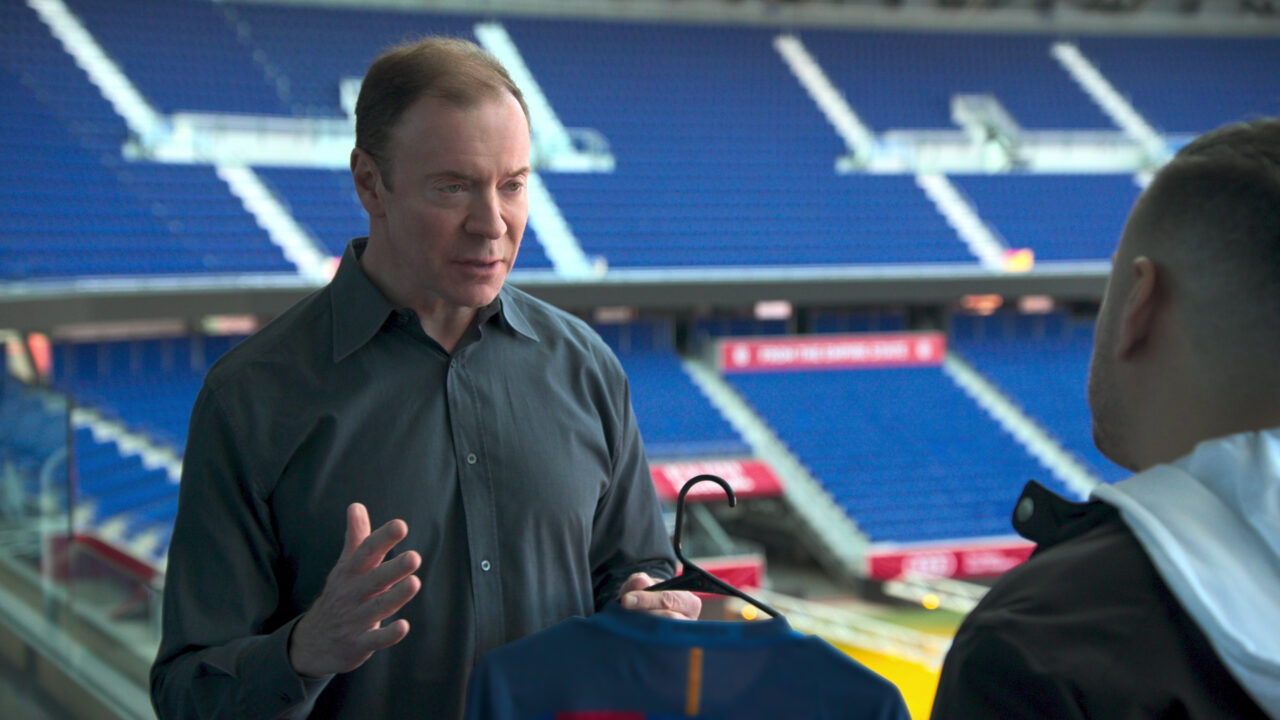That Sold For What?!? Meet Ken Goldin, The ‘King of Collectibles’

“I love the fact that when a World Series ends, whether it’s USA Today or Bloomberg or anybody else out there, they’re contacting me [Ken Goldin] to ask me what that home run ball is worth.”
“I love the fact when Tom Brady’s jersey was stolen at the Super Bowl, my estimate is what the FBI used to qualify it as a major felony and go to Mexico to get this jersey back.”
And we love facts like a single hair from John F. Kennedy on a trading card could sell for anywhere from $3,000-$5,000. A hair, a single hair!
For New Jersey-raised Ken Goldin, who turned his childhood hobby into a multimillion-dollar auction house that specializes in rare collectibles, knowing this information is what keeps the millions pouring in.
Netflix takes cameras inside his empire — Goldin auction house — for a firsthand, thrilling look at the consigning, authenticating, security, marketing and selling of some of the world’s most rare items in King of Collectibles: The Goldin Touch, debuting April 28.
The six-episode series is a fascinating insider story involving the hundreds of thousands of items moving through his business every year, as well as the everyday people, uber-rich buyers and jaw-dropping, record-breaking sales that may leave you in tears saying, “Why didn’t I save that!”
Ken’s a man driven by confidence and the chase. He’s never been shy professing his motivations as “competition, ego and money.”
We caught up with Ken just before the Los Angeles premiere, where he shared more on his fascinating world and his new series.
Here are a few things to know about Ken Goldin.

Netflix
He knew as a kid he could make a lot of money on collectibles.
“When I was 13, I knew. When I was 12, I did my first business transaction. I traded my electric racecar set for a friend’s baseball card collection. And when I was 13, I bought a really big collection for $70. I borrowed $70 from my dad. I hid in my basement for the next three months, sorted everything out, and then sold off my duplicates for $500. And I said, ‘Wow, this could be a business.’ And honestly, I’ve really never worked for anybody in my life since then.”
He was a walking statistical encyclopedia, and always business savvy.
“My friends were fascinated, because I just wasn’t a collector. I was buying and selling, but I had to know everything. In 1981, when the first price guide came out and we would go to the bookstore, they would literally turn, “OK, page 36, I’m looking at 1933, Goudey, No. 33, what is it?’ And I’d tell them who the card was and tell them what the price guide value was. I memorized everything. I was a walking statistical encyclopedia of what everything was, how to recognize every card and what it was worth.”
His current job requires him to drop everything and race around the world if needed.
“It’s competition. If people find something, whenever there’s a great discovery, they want to know what it’s worth. And oftentimes they want to sell it immediately. So, if I’m not willing to accommodate their schedule, one of my competitors is going to do that.
“With the client base I deal with … I’ve got a Rolodex of dozens, maybe hundreds, of billionaires throughout the world that buy stuff. So if they contact me, if I do not make myself available to them immediately, somebody else is going to.
“And same with the athletes and celebrities. If Drake is out there looking for a collectible that he wants to get or there’s an athlete that just broke a record and they want me to do something with it, I have to jump to their schedule.”
Lessons to learn when you get Michael Jordan’s flu game shoes, which sold for $100,000.
“Those types of items enter the market either by the athletes themselves or somebody related to the team. In this particular case, they entered into the market by the ball boy of Utah, who was handed them personally by Michael Jordan. Not only was he handed them, but he had somebody take a picture of Jordan signing them and giving it to him 28 years ago. The fact that somebody thought of that was just amazing and incredible. Sometimes the athletes or the entertainers themselves pass on, but a lot of times what I’m dealing with are individual collectors. Collectors who have bought something 10 years ago and maybe want to cash out. Maybe they want to buy something new. Maybe they have a sprawling collection and they’re ready to retire and buy a new home and want to sell the collection for that purpose. Or sometimes, like in the show, you might find some little kid who literally doesn’t even know what he has and finds out he’s got a card worth a million dollars.”
He really is a life-changer!
“We’ve changed so many people’s lives. I think of people who inherit something from their grandparents. They don’t even know what it is. They find something. There are people out there literally maybe making $15 an hour, and they barely randomly find something for $200,000, or find out that their father had a collection that’s worth millions that they never even knew existed.”
